Surgery
Facial plastic surgery aims at facial harmonization, balancing and enhancing the proportions of the face. Procedures such as rhinoplasty and otoplasty (ear surgery) are performed to correct facial disharmonies and improve the overall aesthetics of the face.
In addition to enhancing appearance, facial plastic surgery can also correct functional problems. Rhinoplasty, for example, not only changes the shape of the nose but can also improve breathing.
Benefits
cases
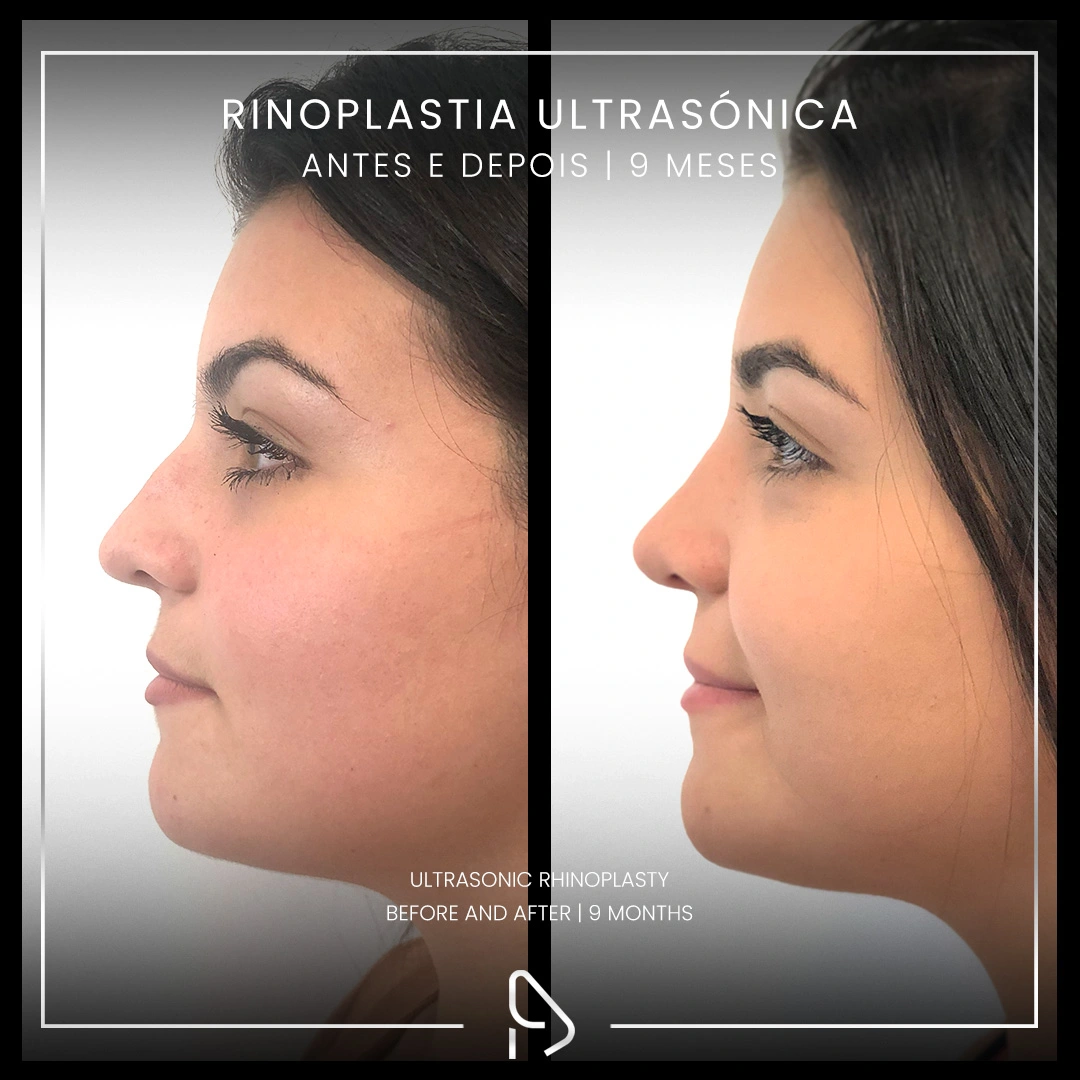
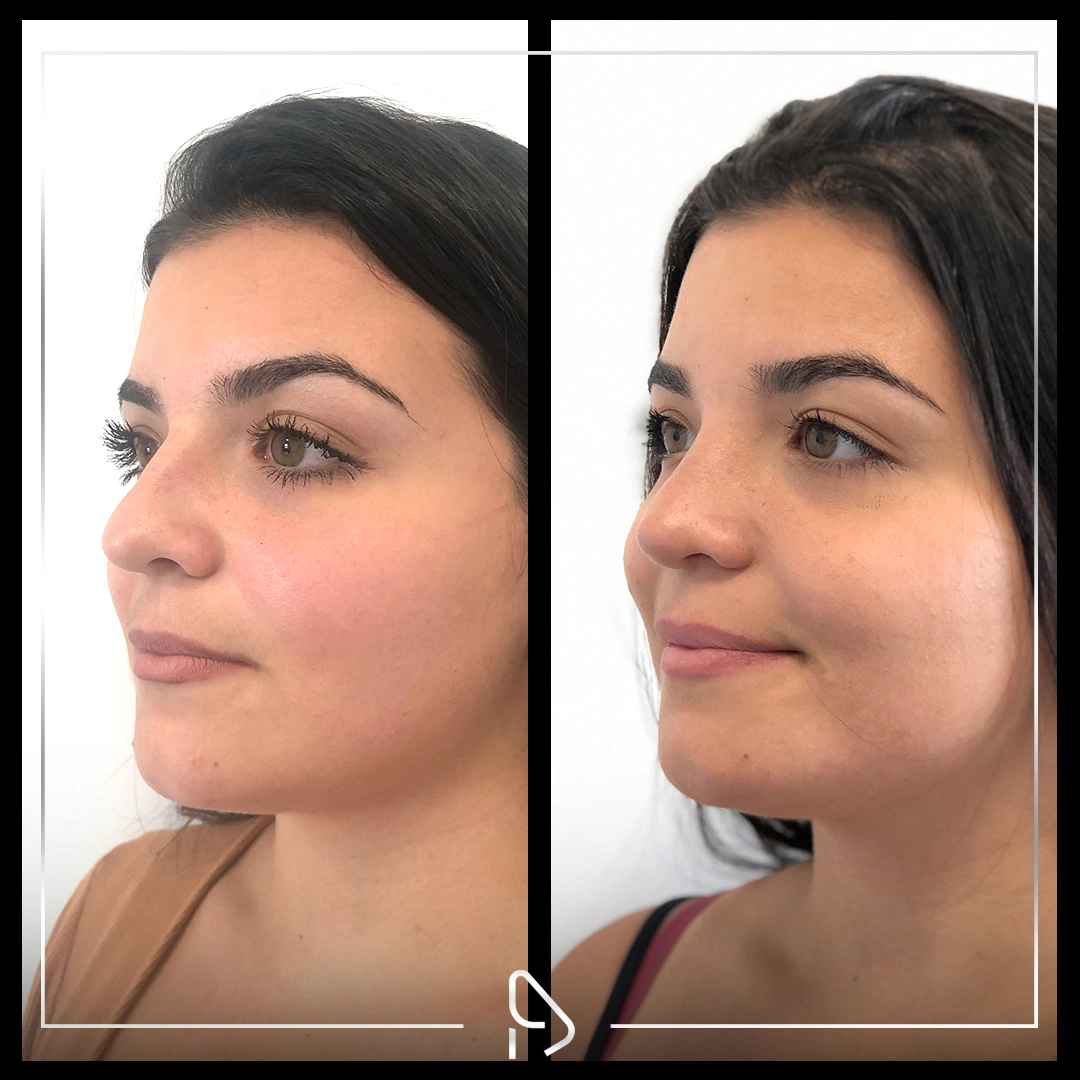
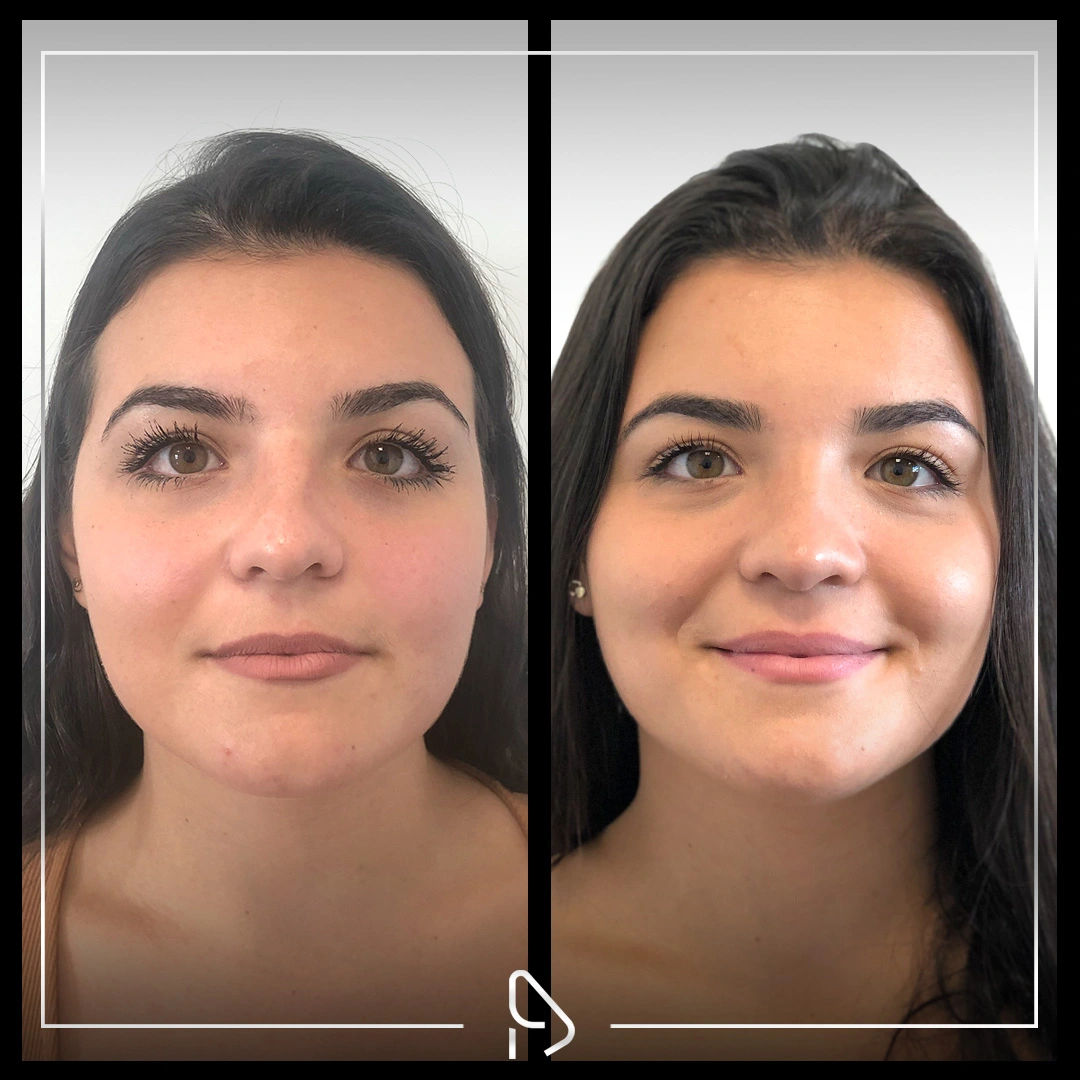

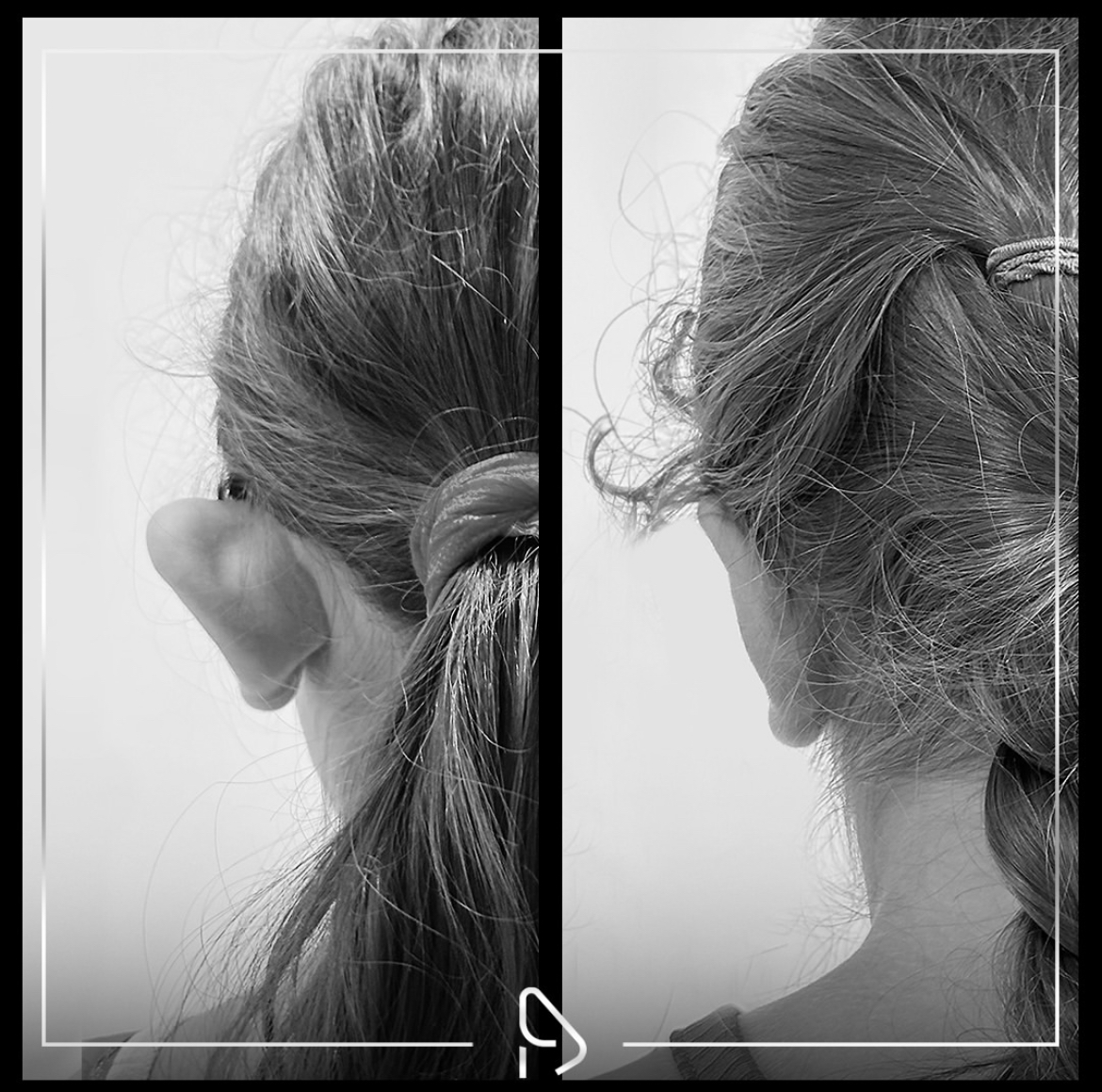
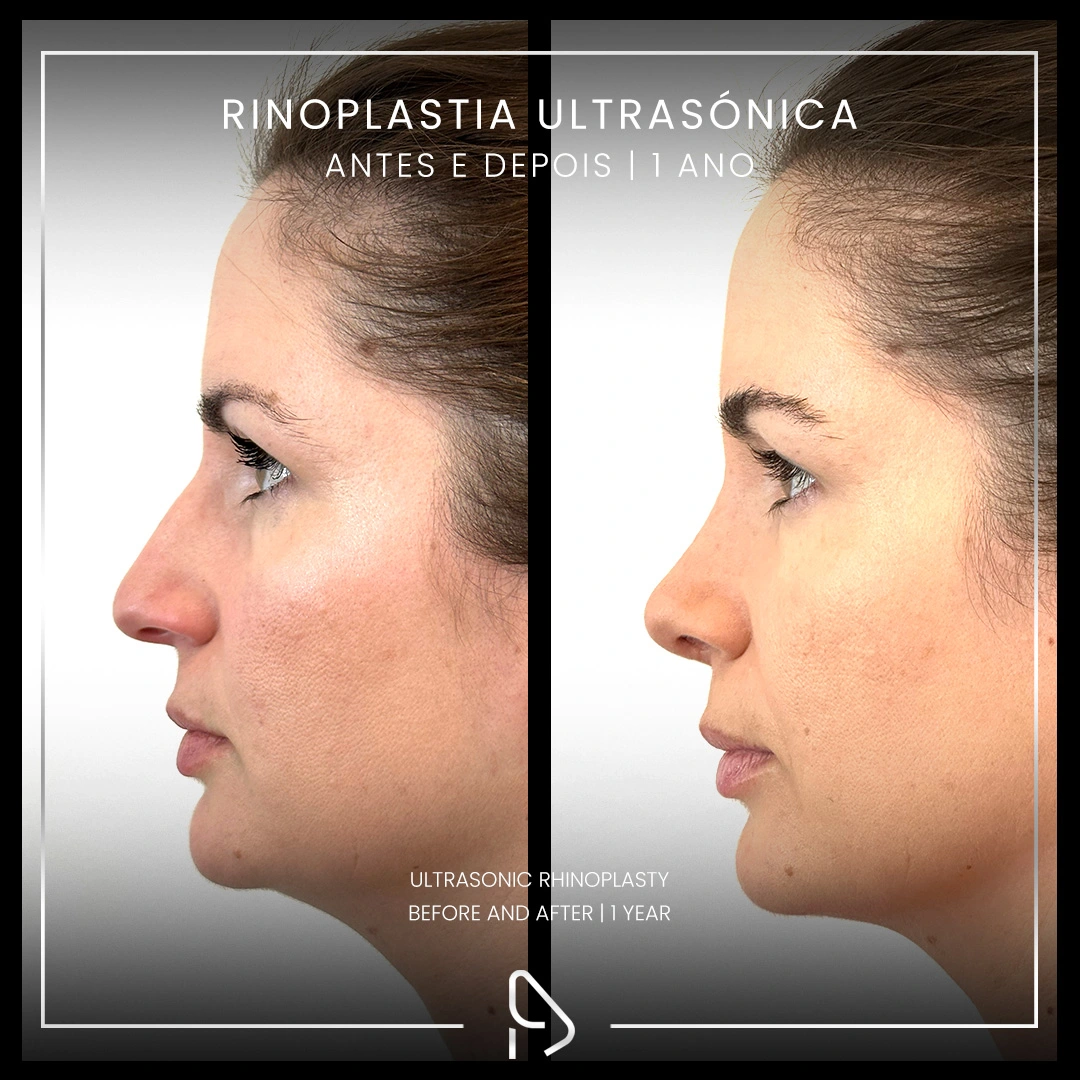
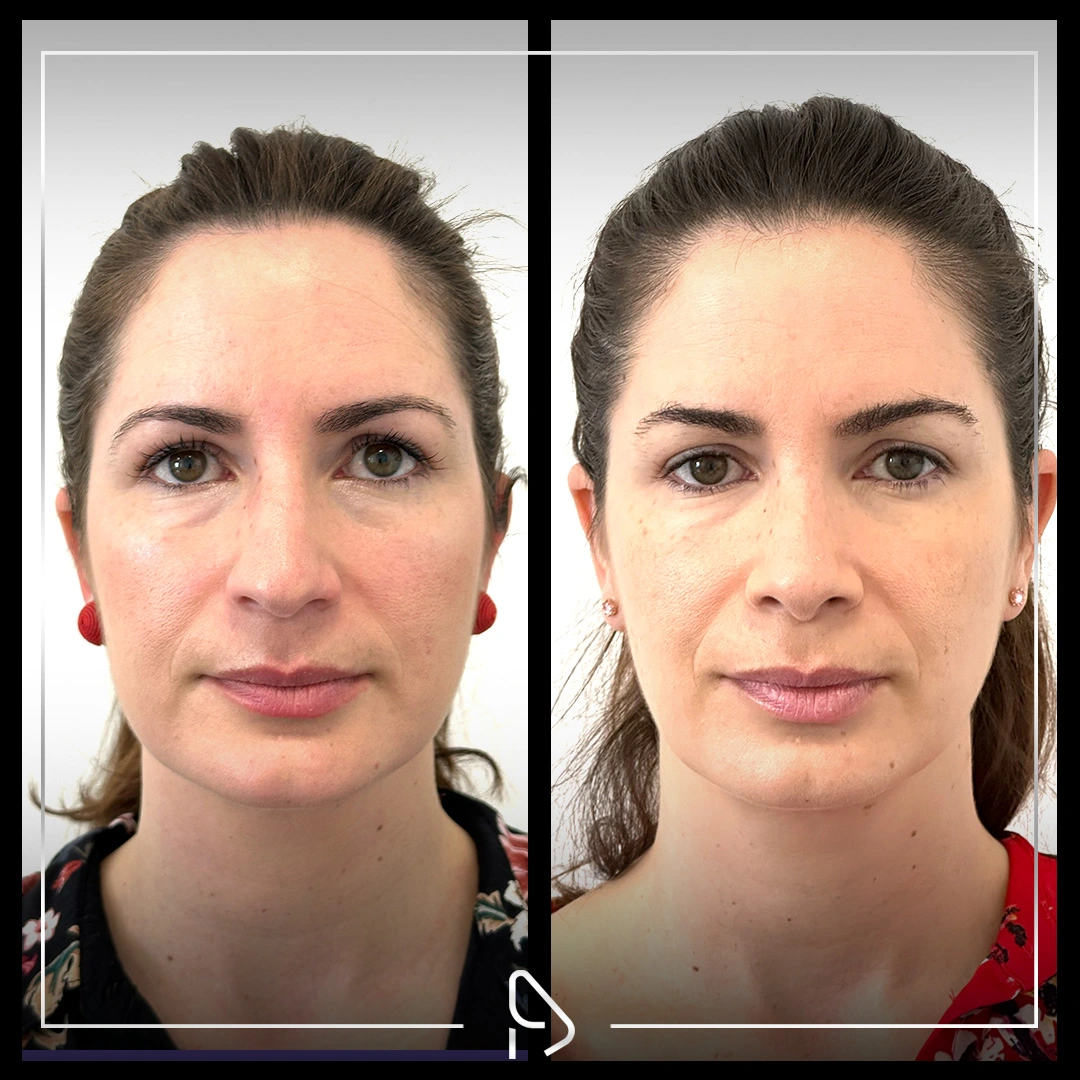
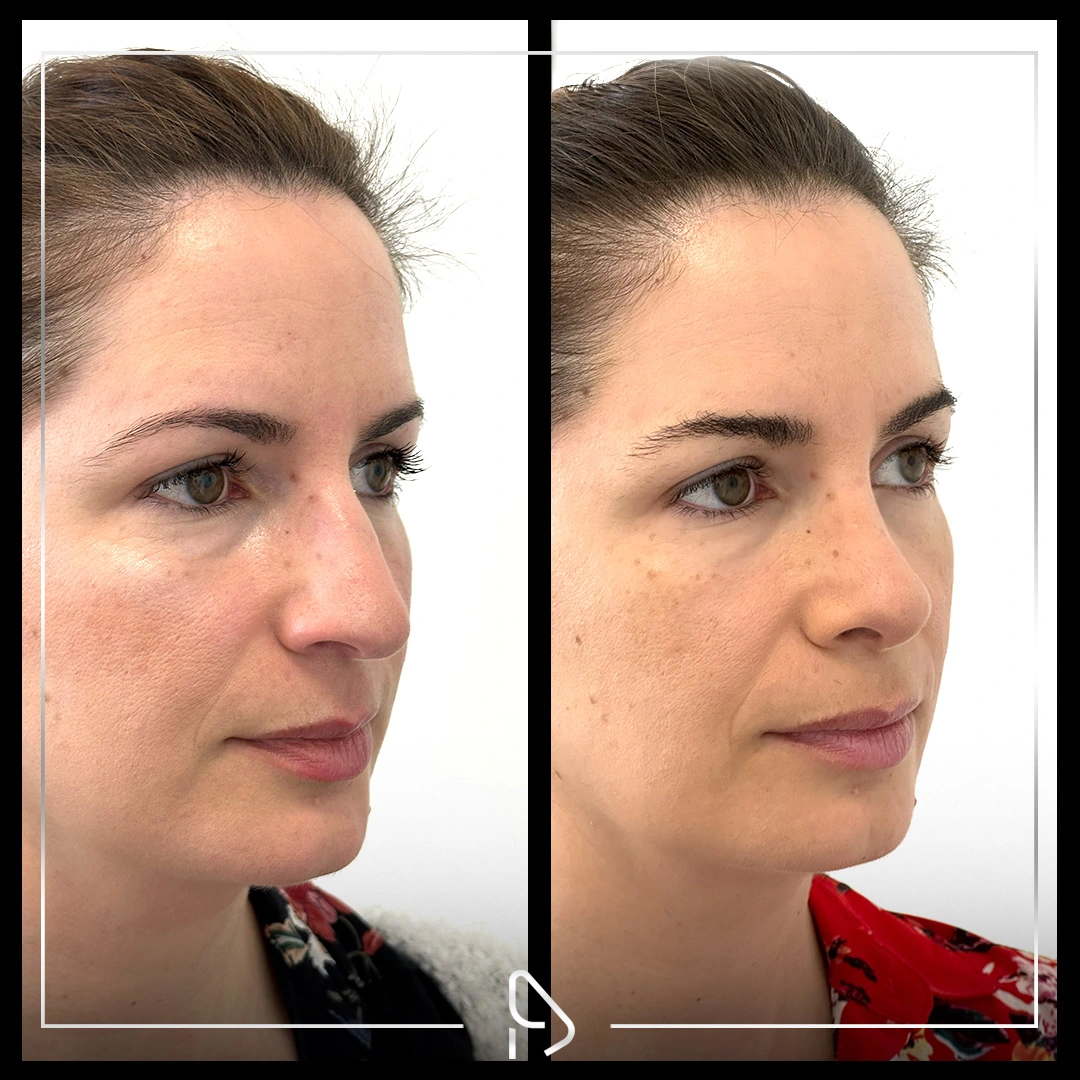
The "Before" photos show the patients' initial condition, highlighting features, asymmetries, congenital deformities, or traumas that the patients wished to correct.
The "After" photos reveal the results achieved following surgery. The procedure makes the facial appearance more balanced and harmonious. The results demonstrate the precision and care dedicated to each procedure.
Initial consultation where functional and anatomical abnormalities are assessed. During this consultation, photographic records are taken, and an immediate simulation of the desired long-term results is performed.
At the second consultation, once the test results are available, the surgical plan is proposed, and after six to eight weeks, the surgery can be scheduled.
Some procedures are performed under general anesthesia and are usually done on an outpatient basis, meaning the patient returns home the same day.
At the first postoperative consultation, one week after surgery, the dressings are removed. From that point on, the patient can resume normal activities while following medical guidelines to ensure proper recovery.
Questions?
A good candidate for plastic surgery is someone who is physically healthy, has realistic expectations about the results, and is aware of the risks and benefits of the procedure. The first consultation with the surgeon is essential to assess the patient’s suitability for surgery.
Like any surgical procedure, plastic surgery carries risks. Choosing an experienced and certified surgeon can help minimize these risks.
The results of plastic surgery can be long-lasting and even permanent; however, factors such as aging, lifestyle, and changes in the body can affect the long-term outcome. Maintaining a healthy lifestyle can help prolong the results.
The cost of plastic surgery reflects various factors, including surgeon fees, anesthesia costs, operating room usage, and consumable materials. Additionally, it is important to consider that plastic surgery is a highly specialized procedure requiring advanced skills and an artistic understanding on the part of the surgeon.

©2025 Luís Almeida Dores • All rights reserved